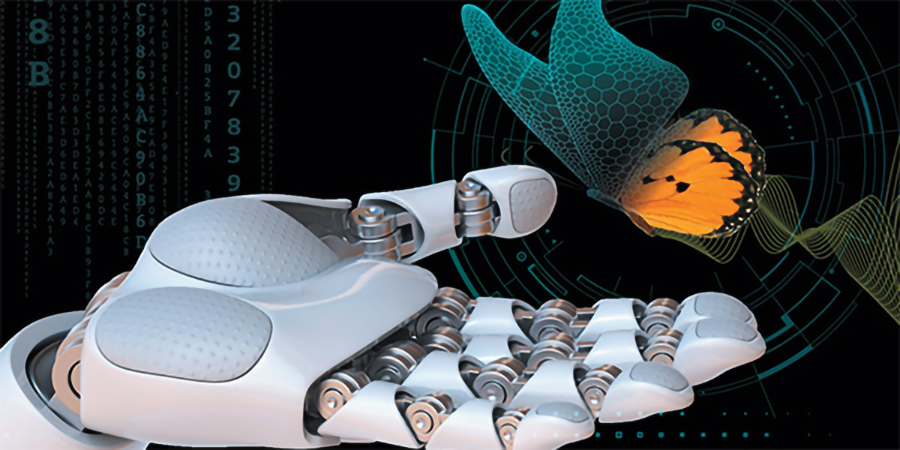
Industrial machine builders are adopting an advanced collaborative design and simulation solution known as Intelligent Performance Engineering (IPE).
By using sophisticated digital simulation and analysis tools, machine builders can easily evaluate the performance impacts of design choices.
This white paper focuses on the advantages of multiphysics simulation and testing in the physical world and in the virtual world using the comprehensive digital twin.
Multiphysics Simulation and Testing for Better Machinery Building
Integrating multiphysics simulation and testing within design encourages and supports collaboration between domain experts early in the industrial machinery building process.
Engineers from different domains can focus on customer needs and address unexpected performance issues sooner using machine simulation.
The combination of improved collaboration and machine simulation throughout shortens the machine building, and design process and yields improved results overall.
This white paper outlines how to implement multiphysics simulation and testing into your process and begin reaping the benefits.
Intelligent Performance Engineering for Manufacturing Optimization
Intelligent performance engineering can help engineers design more optimized industrial machinery at a time when customers are also demanding smarter, lighter, and more complex machines.
Performance of those machines is a combination of production speed, throughput, energy efficiency, and other factors – balancing all of them is the challenge.
Multiphysics simulation and testing enable engineers to perform multiple what-if analyses to quickly find the right balance to optimize the machine they’re designing.
Find out how intelligent performance engineering can improve machine performance, safety, reliability, and cost-effectiveness in the full white paper.
Multiphysics Machine Simulation for Optimal Machine Productivity
The pathway to manufacturing optimization incorporates multiphysics simulation and testing early in the design process – first with a virtual model and then with a physical prototype.
Simulation with the comprehensive digital twin of the machine can help to inform engineers where to place sensors on physical prototypes.
Real-world information can then be applied back to the digital twin for validation, giving machine builders a necessary competitive advantage to deliver an optimized machine.
Download the white paper to learn more about the new holistic approach to simulation for better machine-building and design.
Siemens Digital Factory (DF)
Siemens Digital Factory (DF) offers a comprehensive portfolio of seamlessly integrated hardware, software, and technology-based services in order to support manufacturing companies worldwide in enhancing the flexibility and efficiency of their manufacturing processes and reducing the time to market their products.
About Siemens USA
Siemens Corporation is a U.S. subsidiary of Siemens AG, a global powerhouse focusing on the areas of electrification, automation, and digitalization. One of the world’s largest producers of energy-efficient, resource-saving technologies, Siemens is a leading supplier of systems for power generation and transmission as well as medical diagnosis. With approximately 379,000 employees in 190 countries, Siemens reported worldwide revenue of $94.0 billion in fiscal 2018. Siemens in the USA reported revenue of $23.7 billion, including $5.0 billion in exports, and employs approximately 50,000 people throughout all 50 states and Puerto Rico.


















